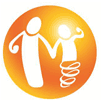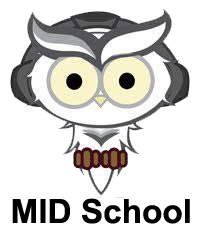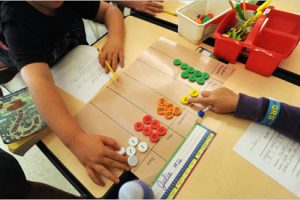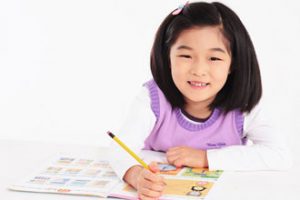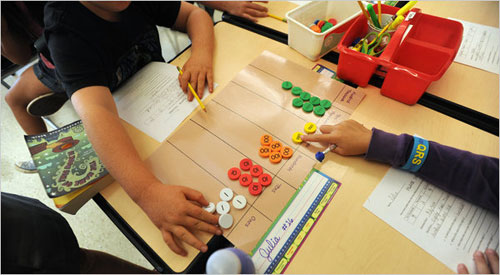
Students in Singapore (and probably everywhere else) typically find word problems difficult due to various reasons: they are weak in the Mathematical language; they have limited understanding of the arithmetic operations; they are unable to relate the knowns to the unknowns when the problem structure is difficult to understand; and they are unable to analyze problem situations.
This method is especially useful when: you teach kids who respond better to visual stimuli (e.g. pictures, drawings, etc); you try to provide math homework help but the conventional methods do not really work well with your kids; and your kids has not learnt algebra yet and solving the math problems with algebra is not an option.
However, without proper guidance, you may not be able to experience the full benefits of the Model Method. We have therefore created this website to share with you how the Model Method is applied to different scenarios so that you could confidently teach kids math problems even when you do not have prior knowledge of the Model Method. The Model Method essentially becomes a good entry level tool to help the kids understand and break the questions down into component parts making solving and learning math a breeze.
What is Model Method?
The model approach requires kids to draw rectangular boxes to represent part-whole relationships and math values (both known or unknown values) in the math problems. The word problems are typically designed to depict real-life situations such as grocery shopping and division of money.
By drawing such boxes/blocks, they can visualize the math problems more clearly and are able to make tacit knowledge explicit. Word problem solving is a major part of the curriculum in Primary Mathematics in Singapore.
This technique of model building is a visual way of picturing a situation. Instead of forming simultaneous equations and solving for the variables, model building involves using blocks or boxes to solve the problem. The power of using models can be best illustrated by problems, often involving fractions, ratios or percentages, which appear difficult but if models can be drawn to show the situation, the solution becomes clearer, sometimes even obvious.
What is Singapore Math?
Singapore Math was first introduced in the United States through the distribution of Primary Mathematics, a Singapore textbook series adapted to US needs in 1988. The term came into use in US around that time when US academics, homeschoolers, schools and the media started referring to the books used by Singaporean kids as Singapore Math. It is, however, not used in Singapore, where they just use the term maths.
In 2007, the California Department of Education approved the Primary Mathematics series (Standard edition) for use in all kindergarten and elementary schools in the state of California. Oregon followed suit in 2008, placing the Standard edition under its K-8 Mathematics Instructional Materials List for 2009-2015. Over 700,000 school children have since used Primary Mathematics both at school and in the home school environment. There are also a substantial number of parents supplementing their children’s school program by tutoring at home with Primary Mathematics.
Over 25 countries around the world have adopted the Singapore textbooks (adapted to local curriculum requirements). These include South Africa, Saudi Arabia, Jordan, Chile, Panama, France, USA, Pakistan, India, Indonesia and the Philippines.
The Primary Mathematics Series was first published in 1982 and was the only series used in Singapore primary schools up till 2001. Primary Mathematics was written by members of a project team put together by the Ministry of Education, Singapore. Starting from 2001, textbooks for primary level mathematics have been privatized with the hope that the changes will be faster and there will be more choices. The contents in the new series that were first published in 2001 remained the same as the 1999 reduced syllabus.
What’s so great about Singapore Math?
Did you know that the kids in Singapore scores highest in math education? Every four years, a prestigious study is conducted to assess the latest trends in Math and Science education around the world. It is known as the TIMSS.
The Trends In Mathematics and Science Study (TIMSS) is designed to help countries all over the world improve student learning in mathematics and science. It collects educational achievement data at the fourth and eighth grades to provide information about trends in performance over time together with extensive background information to address concerns about the quantity, quality, and content of instruction.
TIMSS provides important information for policy development, to foster public accountability, to allow areas of progress or decline in achievement to be identified and monitored, and to address concerns for equity.
Approximately over 50 countries from all over the world participate in TIMSS. A project of the IEA headquartered in Amsterdam, it is directed by the TIMSS International Study Center at Boston College in collaboration with a worldwide network of organizations and representatives from the participating countries.
Conducted on a four-year cycle, the first round of TIMSS was in 1995, and subsequently in 1999, 2003 and 2007. Preparations are underway for the next round of TIMSS, which will take place in 2011.


